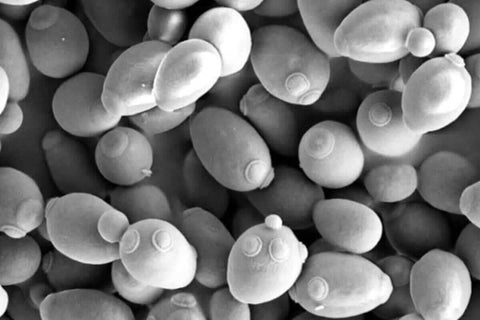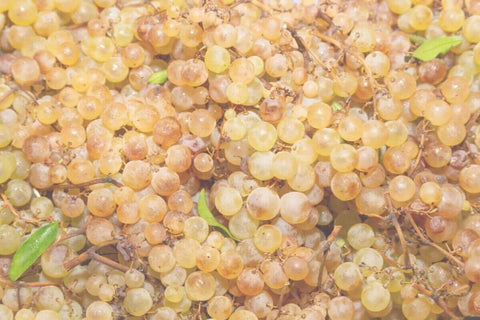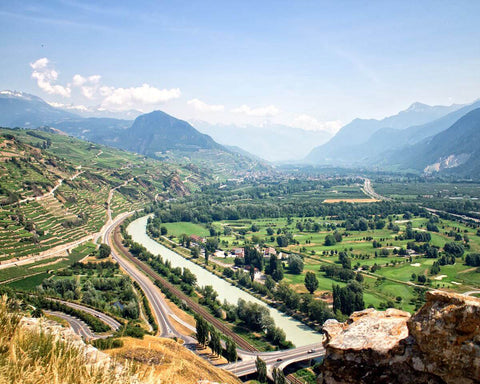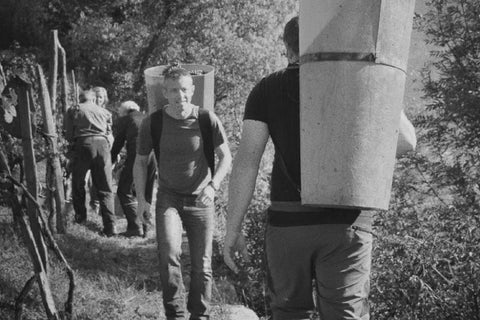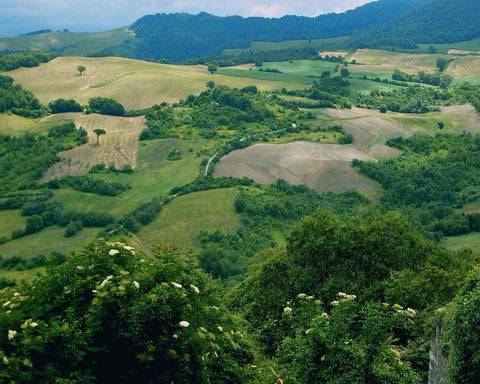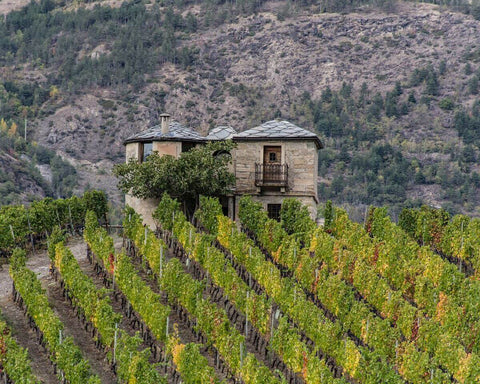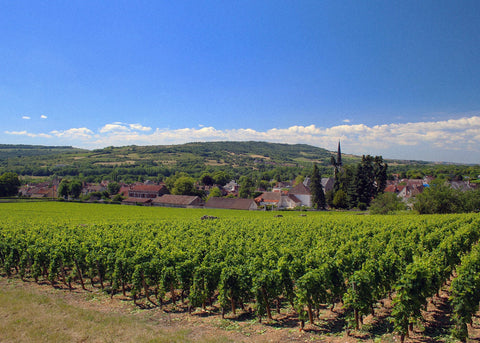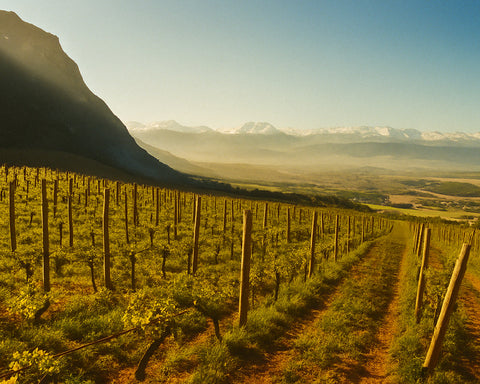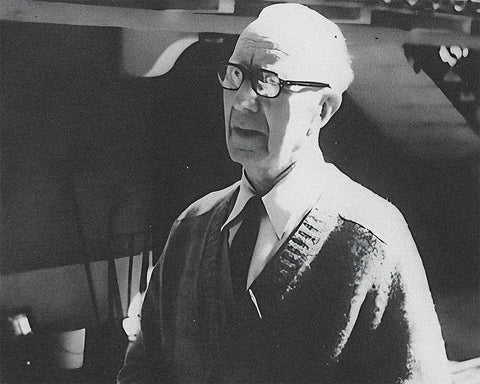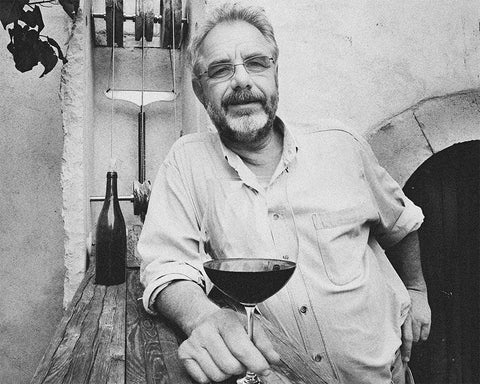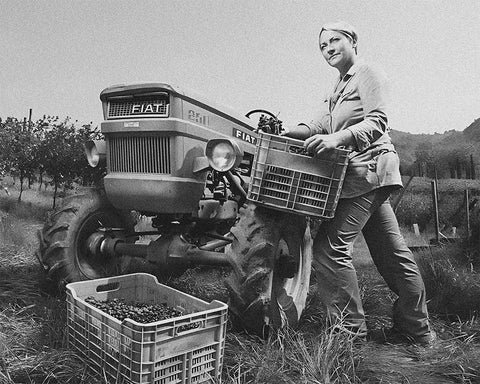In this article we will try to simplify as much as possible an incredibly complex topic. It is by no means an exhaustive piece, but just an overview that will put us in the right direction to understand some basic facts about yeast and fermentation. Fermentation, whether it's spontaneous or controlled, is one of the most important processes in winemaking. Since we are always stressing how natural wine is fermented spontaneously, I feel it's important to at the very least understand what's causing this process in the first place.
Some of the subtopics we will examine are the following. We will try to give you definitional snippets to lay the foundations for further studies and readings. It is a vast, complicated field of research and our job should be to set some basic information straight and make the necessary connections between elements:
- What is yeast and what is its role in fermentation?
- Why do we say ambient or native yeast?
- What is cultured or lab-grown yeast?
- What's yeast's role in natural wine?
What is yeast and what is its role in fermentation?
Yeast is a single-cell fungi essential to alcoholic fermentation. It converts the sugar in grape juice (fruit juice) into alcohol and carbon dioxide (CO2). Heat is also released during the fermentation process. Saccharomyces cerevisiae is the most common yeast responsible for alcoholic fermentation. There can be ambient yeast or cultured yeast. Let's now see the main differences between native yeast and cultured yeast.
Why do we say ambient or native yeast?
Also known as native yeast or wild yeast, it’s found in the winery or vineyard. It's present in the environment, on grape skins, on leaves, and pretty much all over the place. In a way we can say that we are surrounded by yeast.
Ambient yeast is peculiar to the environment where it lives, and therefore is an essential part of terroir. There can be several yeast populations in a vineyard/winery commonly referred to as strains.
What is cultured or lab-grown yeast?
Also known as commercial yeast or selected yeast, these are strands of lab-produced strains of yeast with specific characteristics and aromas. They can be made and sold at scale based on market needs and customers' preferences and specific requests. It's possible to produce yeast that will give a particular flavor to wine, down to exact descriptors such as, for example, pineapple, citrus, aromatic herbs, etc. It is a highly customizable product.
What is Yeast's Role in Natural Wine?
Natural winemakers prefer not to inoculate cultured yeast, and that’s why, when describing our wines, we speak about spontaneous or wild fermentation with ambient, native yeast. Adding cultured or lab-grown yeast is seen as an invasive technique, and is therefore avoided in natural wine. We will dive deeper into the differences between native and cultured yeast in another article. Please visit this blog often for more educational content on natural wine.
Sources:
image credit: Wikipedia
https://www.vininaturali.it/fare-il-vino/vinificazione/fermentazione/
https://www.sciencedirect.com/science/article/pii/S221078431630064X
https://daily.sevenfifty.com/the-science-of-winemaking-yeasts/
